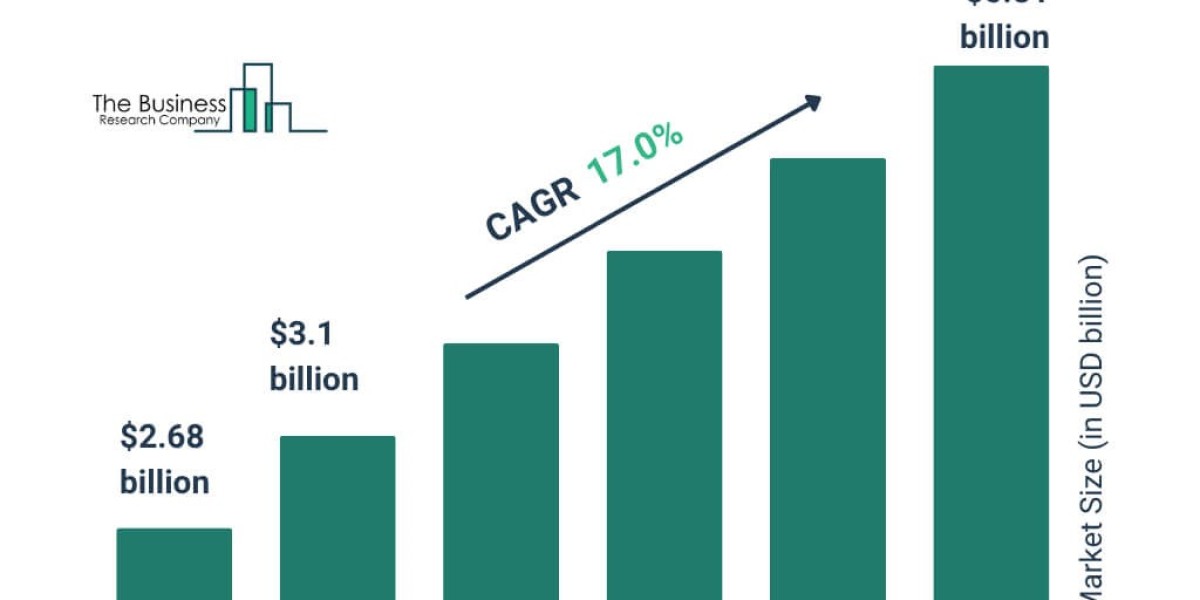Africa’s Silicon Carbide Future represents one of the most exciting and underexplored opportunities for industrial and technological advancement on the continent. As global industries shift toward sustainable energy, high-efficiency electronics, and advanced manufacturing, Silicon Carbide (SiC) has emerged as a strategic material—one that Africa is uniquely positioned to benefit from. With abundant mineral resources, growing industrial hubs, and increasing demand for clean technologies, Africa’s Silicon Carbide future could transform it into a key player in the global semiconductor and renewable energy supply chain.
The Global Race for Silicon Carbide
Silicon Carbide has become the cornerstone of next-generation electronics and clean energy systems. Its ability to handle higher voltages, temperatures, and frequencies than traditional silicon makes it critical for electric vehicles (EVs), solar inverters, high-speed trains, and aerospace technologies. As countries like the U.S., China, and Japan race to secure SiC production capacity, Africa’s vast reserves of raw materials like quartz and carbon, coupled with rising investments in green manufacturing, could allow it to leapfrog into the global semiconductor value chain.
Resource Endowment and Strategic Advantage
Africa’s Silicon Carbide potential begins with its rich geology. Nations such as South Africa, Mozambique, Namibia, and Zimbabwe possess some of the world’s purest quartz and carbon-based minerals—key inputs in SiC production. South Africa’s long-established mining infrastructure and energy-intensive metallurgical industry position it as a strong contender for hosting SiC refining and wafer-manufacturing facilities. With strategic government partnerships and foreign direct investment, the continent could establish localized value chains, reducing dependence on imports and creating new high-tech manufacturing jobs.
Driving Clean Energy and EV Growth
The rise of renewable energy across the continent aligns perfectly with Africa’s Silicon Carbide future. SiC-based components are vital for energy efficiency in solar farms, electric grids, and battery storage systems. As African countries push to expand solar and wind energy, integrating SiC technology can drastically reduce energy losses and improve system durability. Likewise, the growing EV market across Africa—from public transport electrification in Kenya to automotive manufacturing in South Africa—will benefit from locally produced SiC semiconductors that support faster charging and longer battery life.
Industrial and Economic Transformation
The development of a Silicon Carbide ecosystem could catalyze Africa’s industrial diversification. Beyond mining, SiC manufacturing requires precision engineering, chemical processing, and semiconductor expertise—industries that can generate high-value employment and knowledge transfer. Establishing research partnerships with global leaders like Wolfspeed, Infineon, or ON Semiconductor could accelerate Africa’s technological capabilities. Moreover, regional trade blocs such as the African Continental Free Trade Area (AfCFTA) offer a platform to develop integrated SiC supply chains across borders, ensuring scalability and competitiveness.
Challenges and the Road Ahead
Despite its potential, realizing Africa’s Silicon Carbide future demands strategic policy alignment and infrastructure development. High energy costs, limited semiconductor fabrication facilities, and a shortage of specialized technical skills remain barriers. Governments will need to prioritize energy-efficient industrial zones, vocational training in materials science, and incentives for high-tech investors. Furthermore, ensuring environmental sustainability in SiC production—given its energy intensity—will be key to maintaining Africa’s green growth agenda.
Conclusion
Africa’s Silicon Carbide future is more than a technological aspiration—it is a roadmap to industrial empowerment and global relevance. By investing in the SiC value chain, African nations can position themselves at the frontier of clean energy, mobility, and advanced electronics. With coordinated policy, innovation-driven investment, and regional collaboration, Silicon Carbide could become the foundation of Africa’s next industrial revolution—transforming the continent from a raw material exporter into a producer of the world’s most advanced materials.






